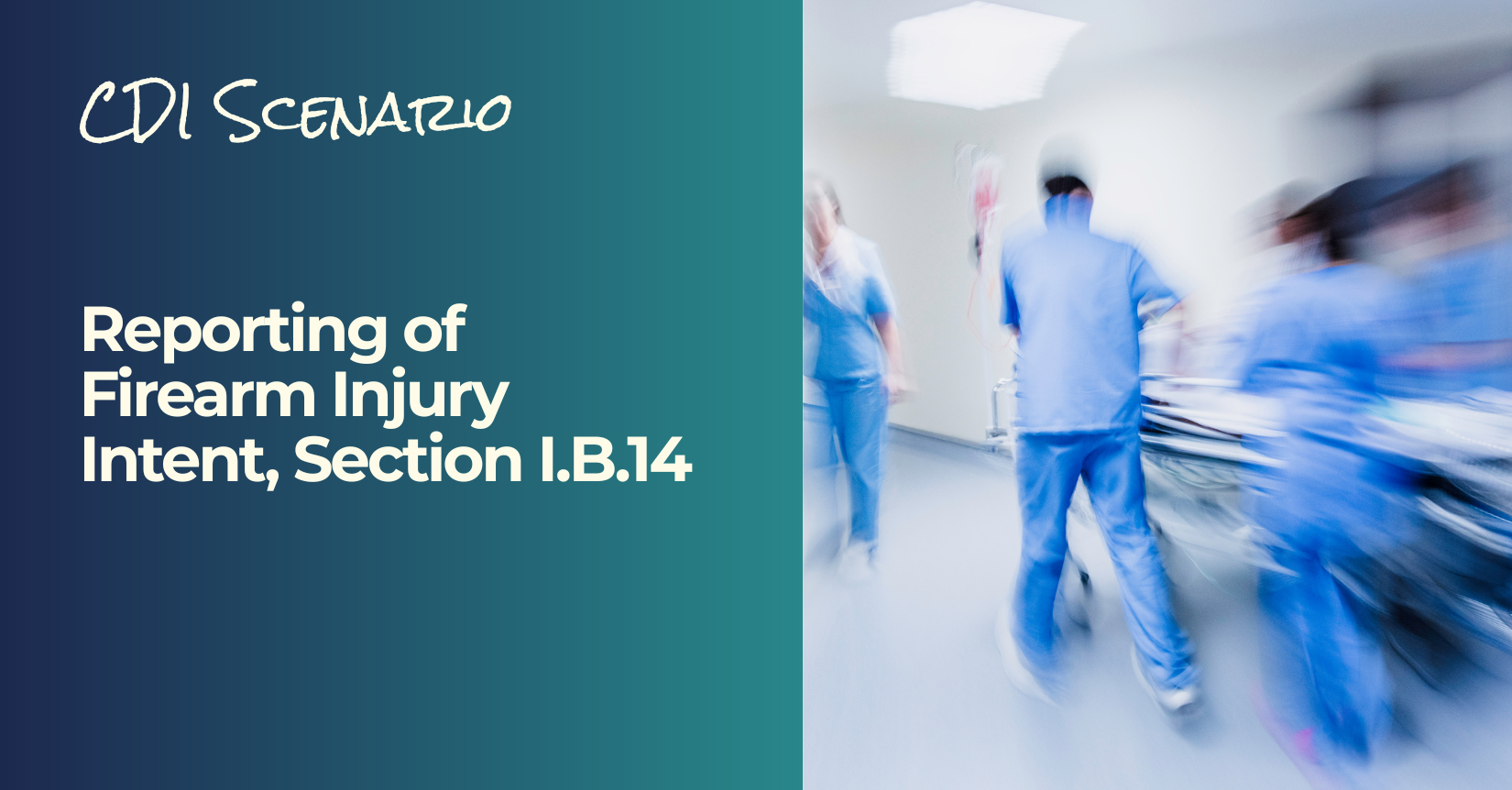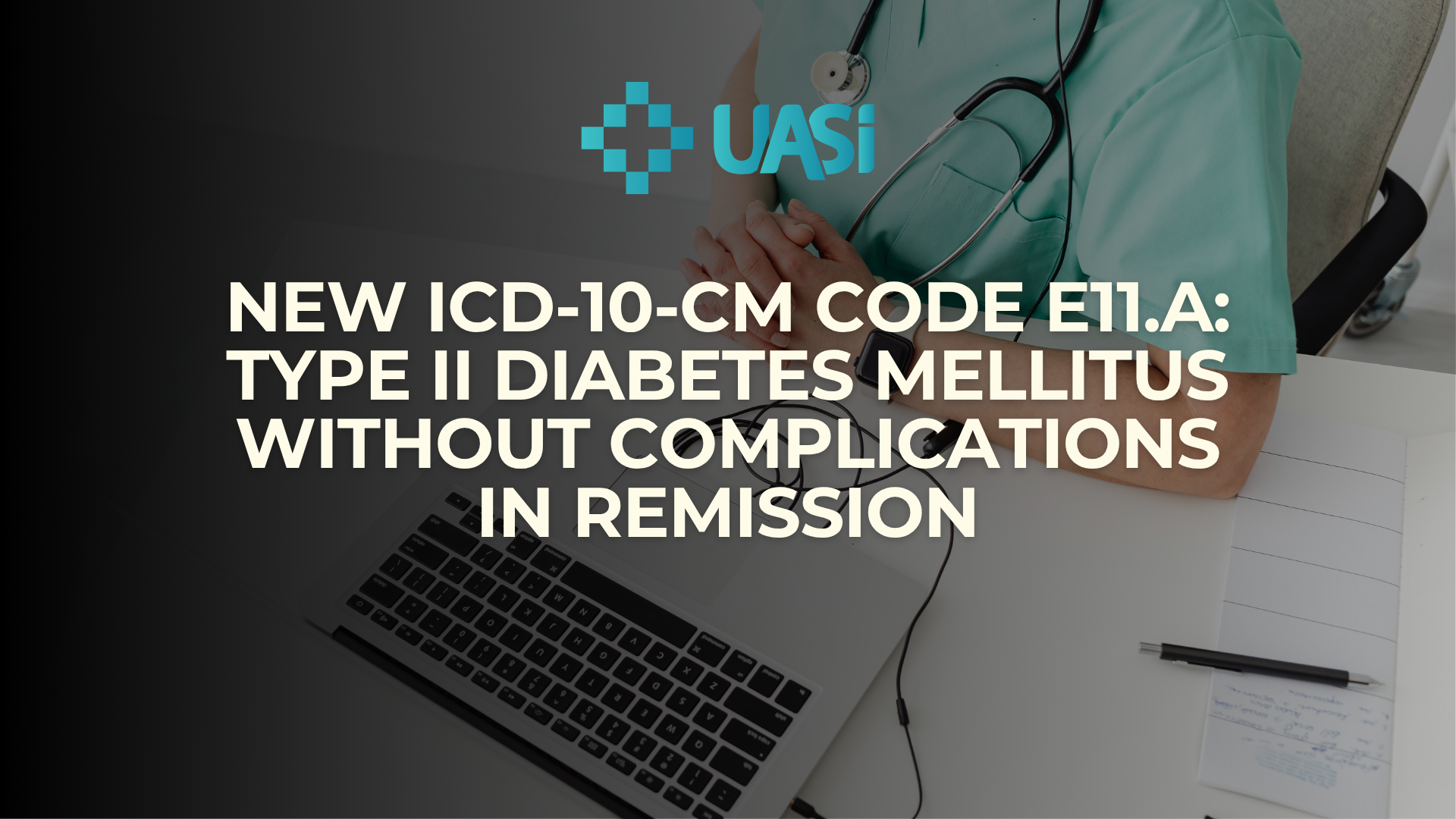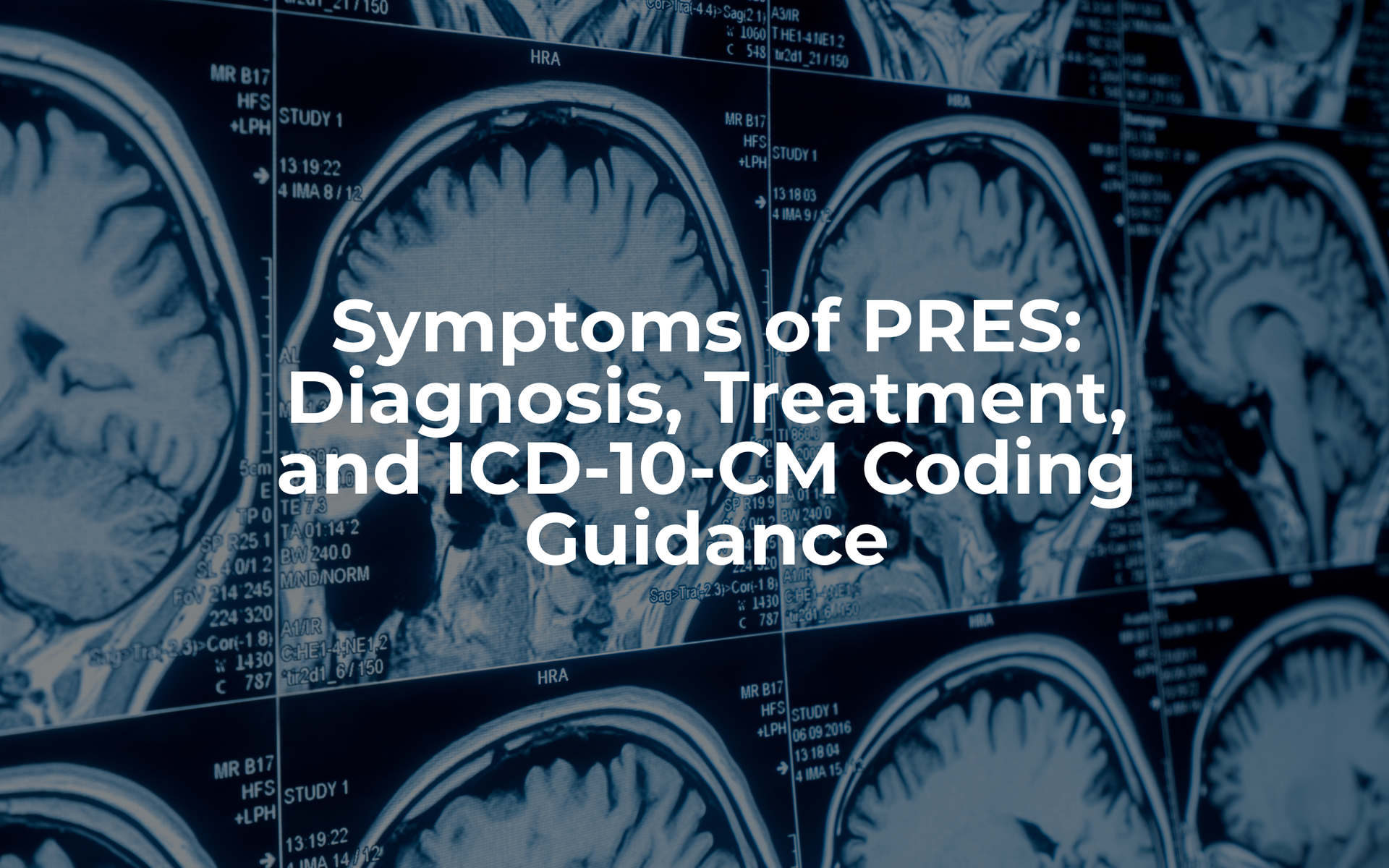April 17, 2025
New COVID-19 Coding Guidelines
Effective April 1, 2025
ICD-10-CM updates are here, and with them come some important changes regarding COVID-19 documentation and coding. These updates, found in Chapter 1: Certain Infectious and Parasitic Diseases, focus on improving clarity, accuracy, and consistency in how COVID-19 cases are reported. Let’s break down the key takeaways.
Confirmed Cases Only
Code only a confirmed diagnosis of the 2019 novel coronavirus disease (COVID-19).
- Use U07.1, COVID-19 only when:
- The provider documents a confirmed diagnosis.
- There’s a positive COVID-19 test result.
Note: “Confirmation” does not require a positive test. If the provider documents that the patient has COVID-19, that alone is sufficient.
- Do not assign U07.1 if the documentation includes terms like “suspected,” “possible,” “probable,” or “inconclusive.” Instead, code the signs and symptoms being reported.
Reference: Guideline I.C.1.g.1.g
What About Asymptomatic Individuals?
For asymptomatic patients who test positive without a provider-confirmed diagnosis of COVID-19:
- A query should be sent to the provider to determine if the patient truly has COVID-19.
- This is because false positives are possible, and the provider’s documentation is necessary to confirm the diagnosis.
Why the Change?
This update helps ensure better documentation accuracy, public health tracking, and clinical decision-making. Here's the rationale:
- Provider Judgment is Key
Clinical expertise is recognized as a reliable source, even in the absence of a test. - Built-in Flexibility
Supports timely care even when testing is delayed or unavailable. - Consistency in Reporting
Standardized coding ensures accurate tracking across the healthcare system. - Strong Emphasis on Documentation
Encourages thorough clinical notes regarding symptoms, exposure history, and diagnosis rationale.
Bottom Line
These new guidelines aim to strike the right balance between clinical judgment and coding precision, giving providers the flexibility they need while maintaining the integrity of public health data.
Make sure your team is up to date and coding accordingly!













